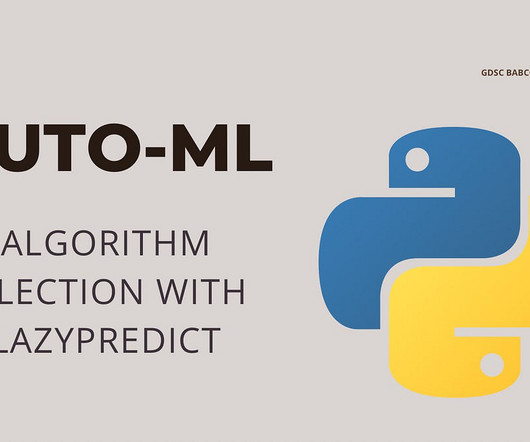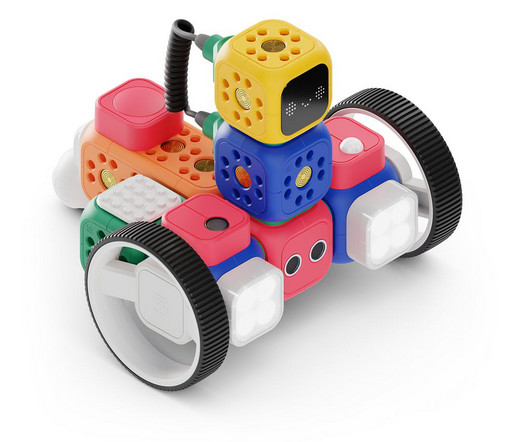How to Make GridSearchCV Work Smarter, Not Harder
Mlearning.ai
SEPTEMBER 24, 2023
Figure 1: Brute Force Search It is a cross-validation technique. This is a technique for evaluating Machine Learning models. It trains several models using k — 1 of the folds as training data. The remaining fold is used as test data to compute a performance measure. 2019) Data Science with Python.












Let's personalize your content